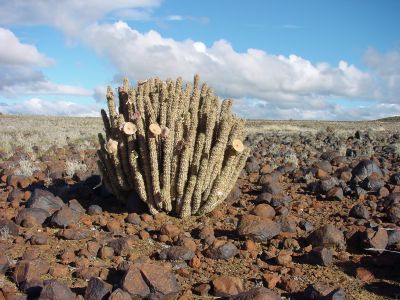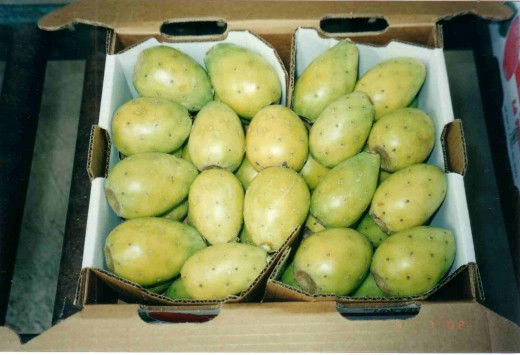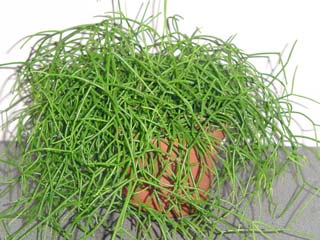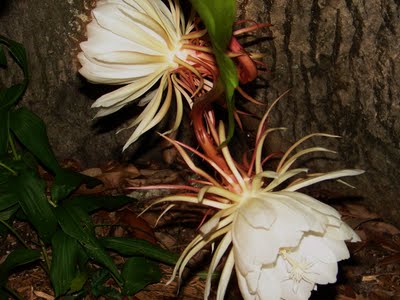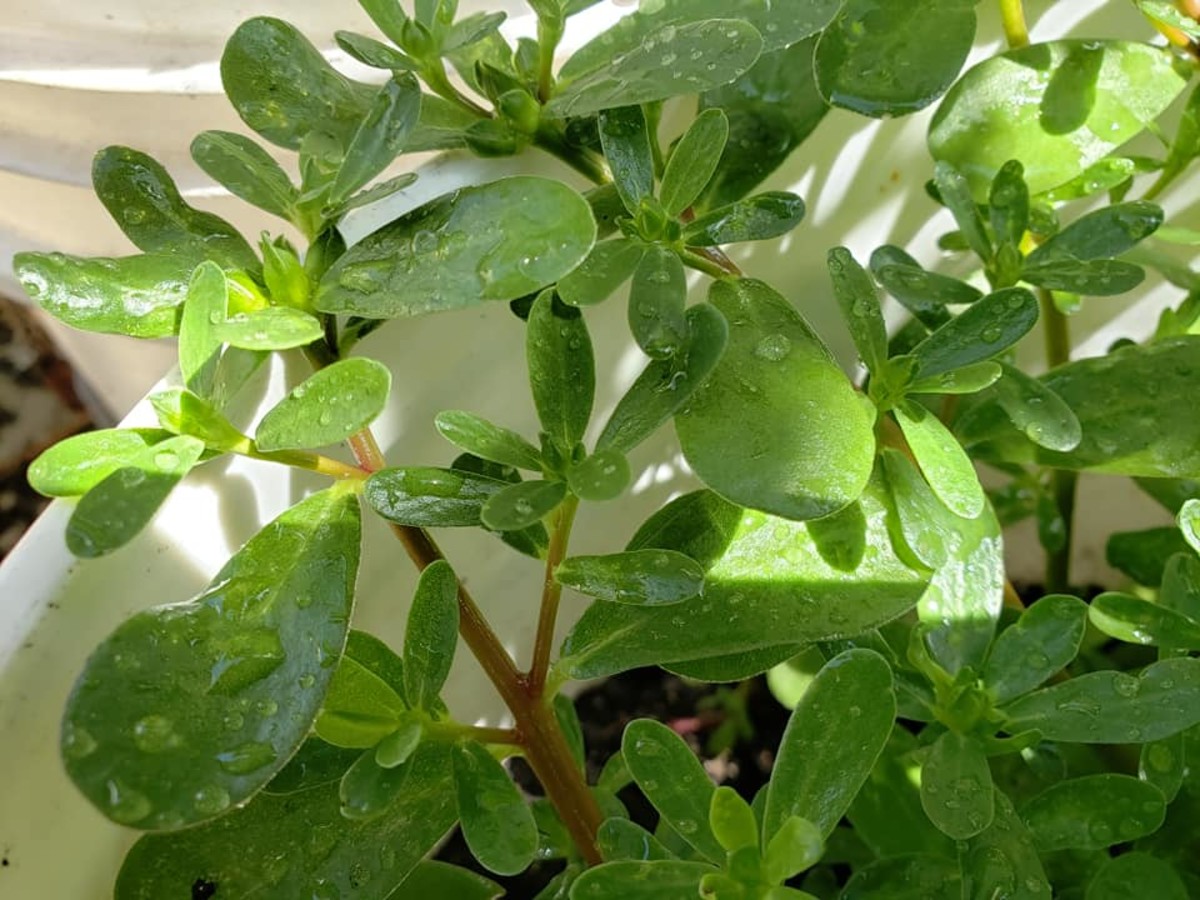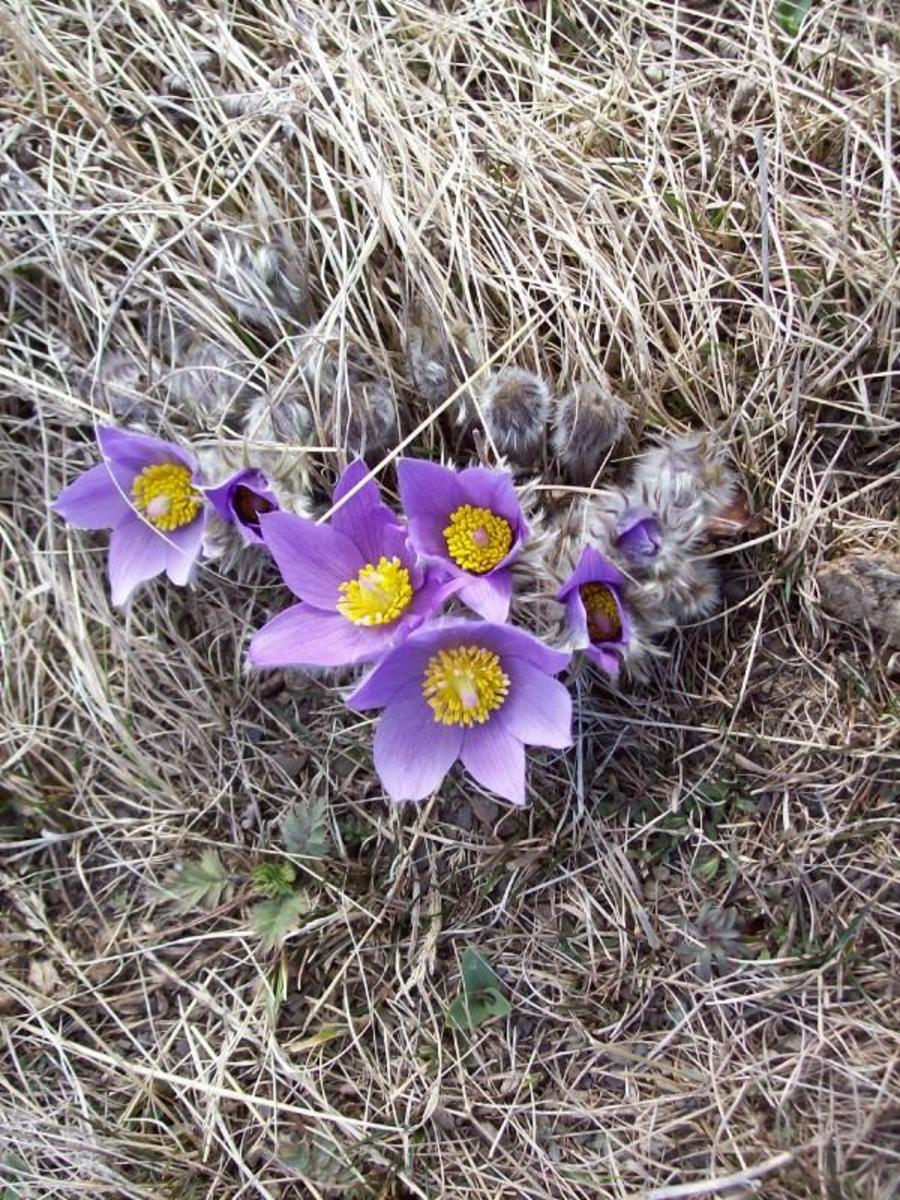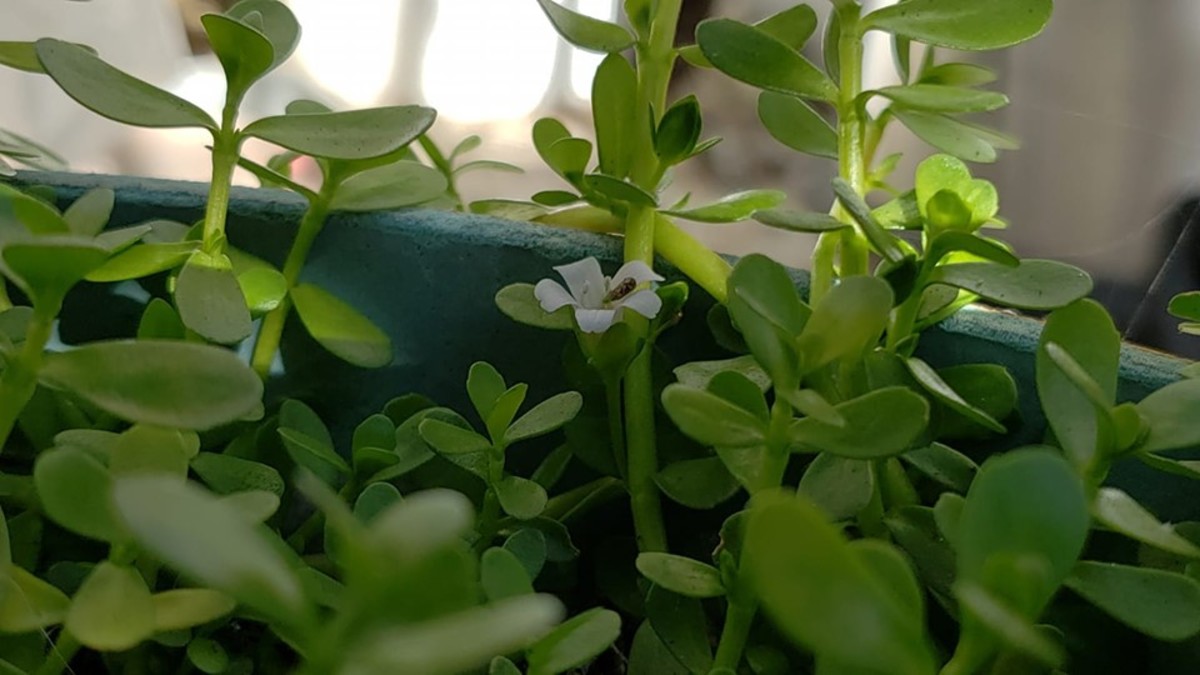Cactus. The Edible, Medicinal, and Self Sustainable Plant.
Hoodia
Click thumbnail to view full-size
Prickly Pear
Click thumbnail to view full-size
Rhipsalis baccifer
Click thumbnail to view full-size
Tools of Nature
Since the Cretaceous period dating back 100 to 146 million years ago, cactus have thrived and survived naturally on this beautiful Earth. Cactus were some of the earliest tools discovered and utilized by humans. Early humans used cactus for sewing, live fences or barricades, and natural first aid. 1500 to 1800 species strong, cactus thrive and survive today in people's homes and in the wild. Species that are rare and take 50+ years to develop and grow, are protected by the government. These include the Saguaro, Pariette, Uinta Basin Hookless and the Colorado Hookless. Some resemble tropical forest trees that have woody stems sometimes covered with bark and leaves. The leaves are the cacti's means of photosynthesis, the chemical process used by plants to convert carbon dioxide into sugars by using the sun's energy.
Cactus thrived on the ancient continent of Gondwana where Africa, North and South America, as well as Australia and Antarctica were one, and then split apart naturally. This split gives cactus the diverse environments they live in today. They live anywhere from coastal plains, high mountain areas to moist tropical regions. There are cactus in the Americas, Patagonia, British Columbia, Alberta and Western Canada as well as Southeastern Brazil, Bolivia, Africa and Central America.
A wide variety of uses include building materials, furniture, fences and barricades, filling for pillows ( of course these are the fine haired cactus), weaving, sewing and medicine. Medicinally some cactus are anti ulcer, anti inflammatory, anti rheumatic, and anti tumor remedies. Prickly pear for example, have significant value because they're used to treat type 2 diabetes, keep lipids in the blood balanced, fight cancer, obesity, and they help heal wounds. The San Pedro cactus juice helps treat burning of the bladder and kidneys, treats high fever and hepatitis. The Hoodia from Africa is used by African Bushmen to suppress the appetite while they go on long hunting journeys where other food may be scarce. Pharmaceutical companies use the chemical in the Hoodia for weight loss drugs. Rhipsalis baccifera native to both the Americas, tropical Africa, Madagascar, and Sri Lanka are harvested as food for humans and livestock.
The Huichol natives rub the juice of the crushed Peyote cactus into wounds to prevent infection and promote healing. Peyote has been used to treat influenza, arthritis, diabetes, intestinal disorders, snake and scorpion bites as well as Datura poisoning. Taria Humara natives also used small quantities of Peyote to combat hunger, thirst, and exhaustion while hunting for long periods of time. Women of the Menomini tribe used it for child birth and ear aches. Seri indians used the Saguaro now protected, to combat rheumatism. Some cactus naturally produce a chemical called hordinine that successfully combat about 18 penicillin resistant staph bacteria.
The Pitaya fruit of the hylocereus genus also known as dragon fruit is native to Central America as well as South Asian countries like Thailand, Indonesia, Malaysia and the Philippines. The seeds and flesh can be eaten raw minus the skin of the fruit. The benefits of dragon fruit range from being low in calories to being rich in vitamin C, calcium, and phosphorus. It is also high in antioxidants and is quickly absorbed and metabolized by the body.
The Vanilla cactus has a sweet scent with large flowers and is native to Mexico and the West Indies. It also grows well in Naples. It is a remedy for irritation of the kidneys and bladder, fever, difficult breathing, cough, and some heart diseases. Natives in the Americas used the hairbrush cactus as just that, a hairbrush. The Cholla was used for making furniture because of their woody consistency inside. Others such as the Yucca and the Agave were used for sewing because of the tough fibers and sharp ends. The ends were used as the needle and the fibers left attached, were the thread. These were used to sew and repair animal hides for clothing and shoes commonly known as moccasins.
Cactus are the friends of animals and humans alike because they also provide water in the wild in an emergency situation. Cactus naturally store whatever water they can get to survive in drought ridden areas. To find a good cactus filled with water look at the base of the cactus to see if it is bulbous or brown. If bulbous, there is a good chance there will be a nice amount of water in the plant. If brown, then it hasn't collected water in a while due to lack of precipitation. The water can taste bitter or sweet depending on the type of cactus. Animals use cactus as shelter and permanent homes to get away from predators and the hot sun.
With it's many uses this helping, healing plant can successfully be called a tool of nature. Versatile with it's uses as a tool, as a medicine and a food, cactus are a very significant part of our existence. Underneath a tough skin with fine, or sharp needles, many cactus contain healing, helping medicines and nutrition naturally. Others are purely ornamental. Most have beautiful, bright, sweet scented blossoms that can intoxicate the senses. Funny thing is, a lot bloom at night and we wouldn't catch the show if we didn't know what to look for. On a full moon is the best time to see the Vanilla cactus, the San Pedro, or Dragon Fruit bloom in it's natural habitat. They bloom once a year for one night only, so the moon may actually be full or not. These bloom anytime between July and September, opening around 9:00 and fully coming to bloom around midnight. When the sun rises they begin to wilt and drop from the rest of the plant. Growing these indoors will ensure you see the show. This has to be spectacular since it only happens on this rare occasion. I hope to enjoy this gift of nature in my lifetime.
Vanilla Cactus
Click thumbnail to view full-size

